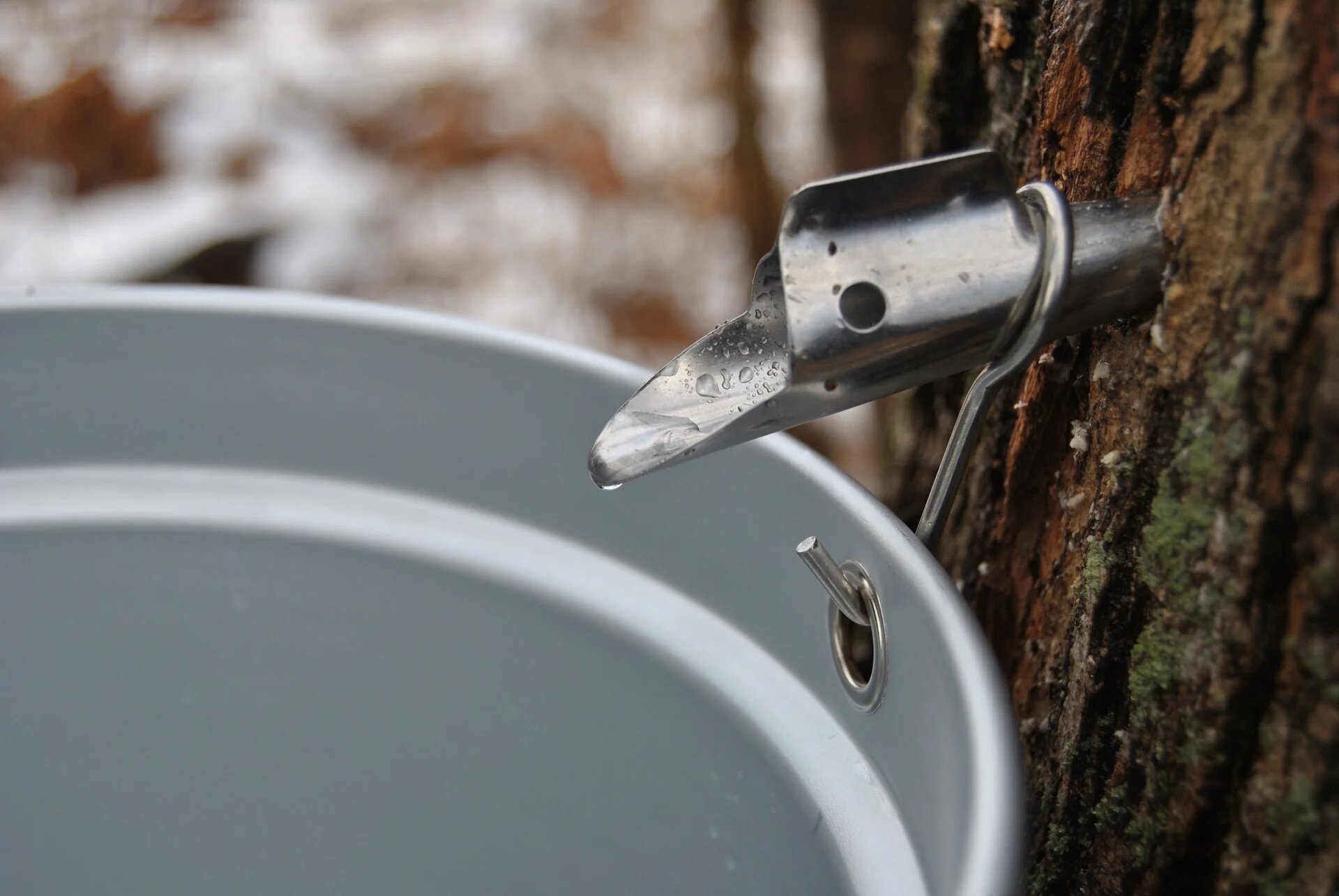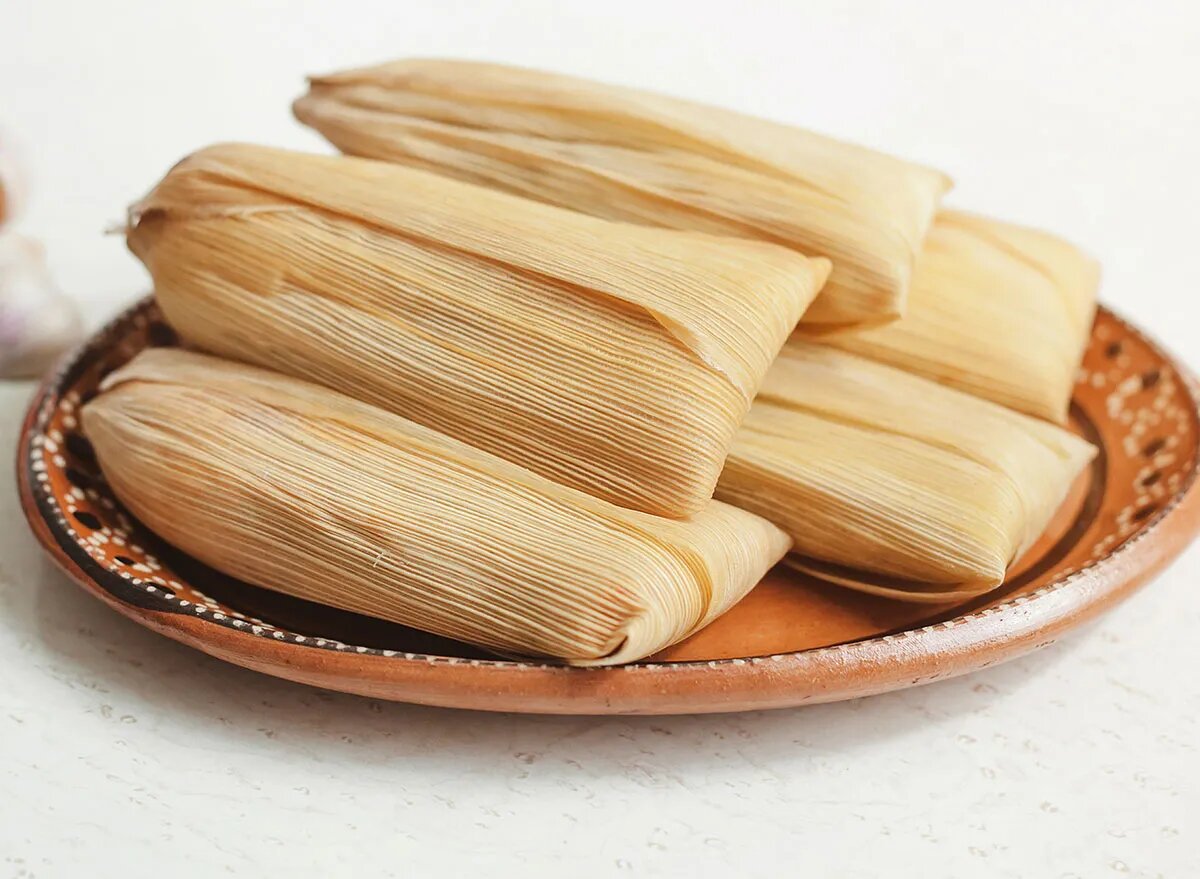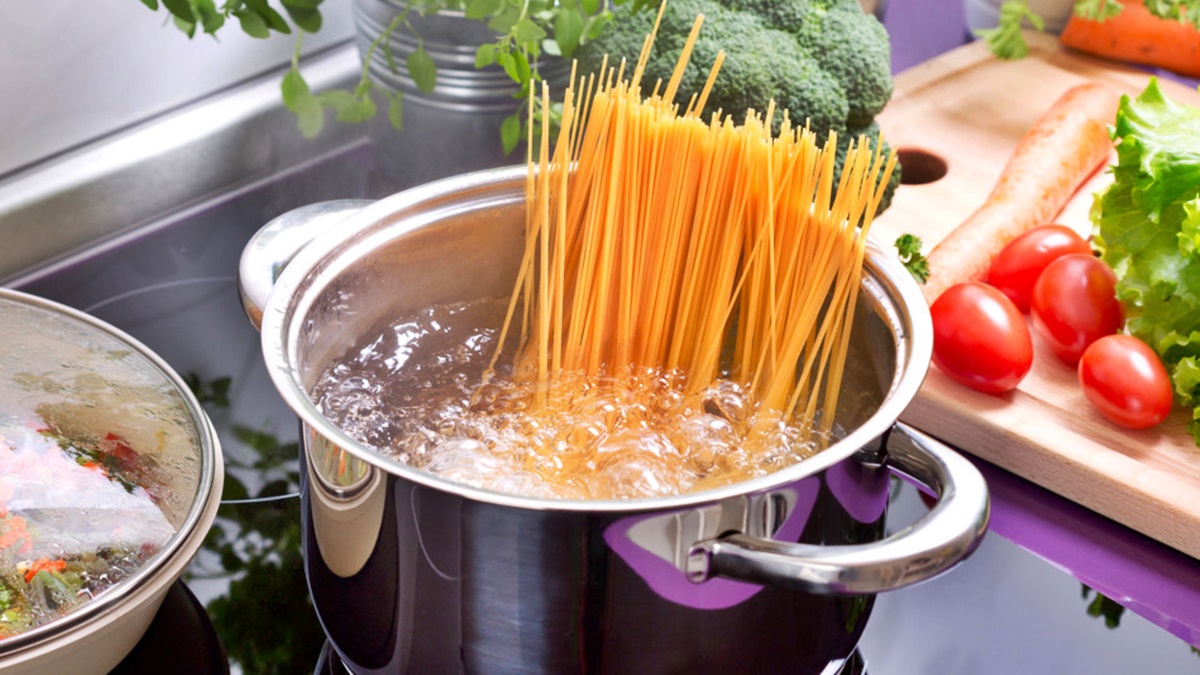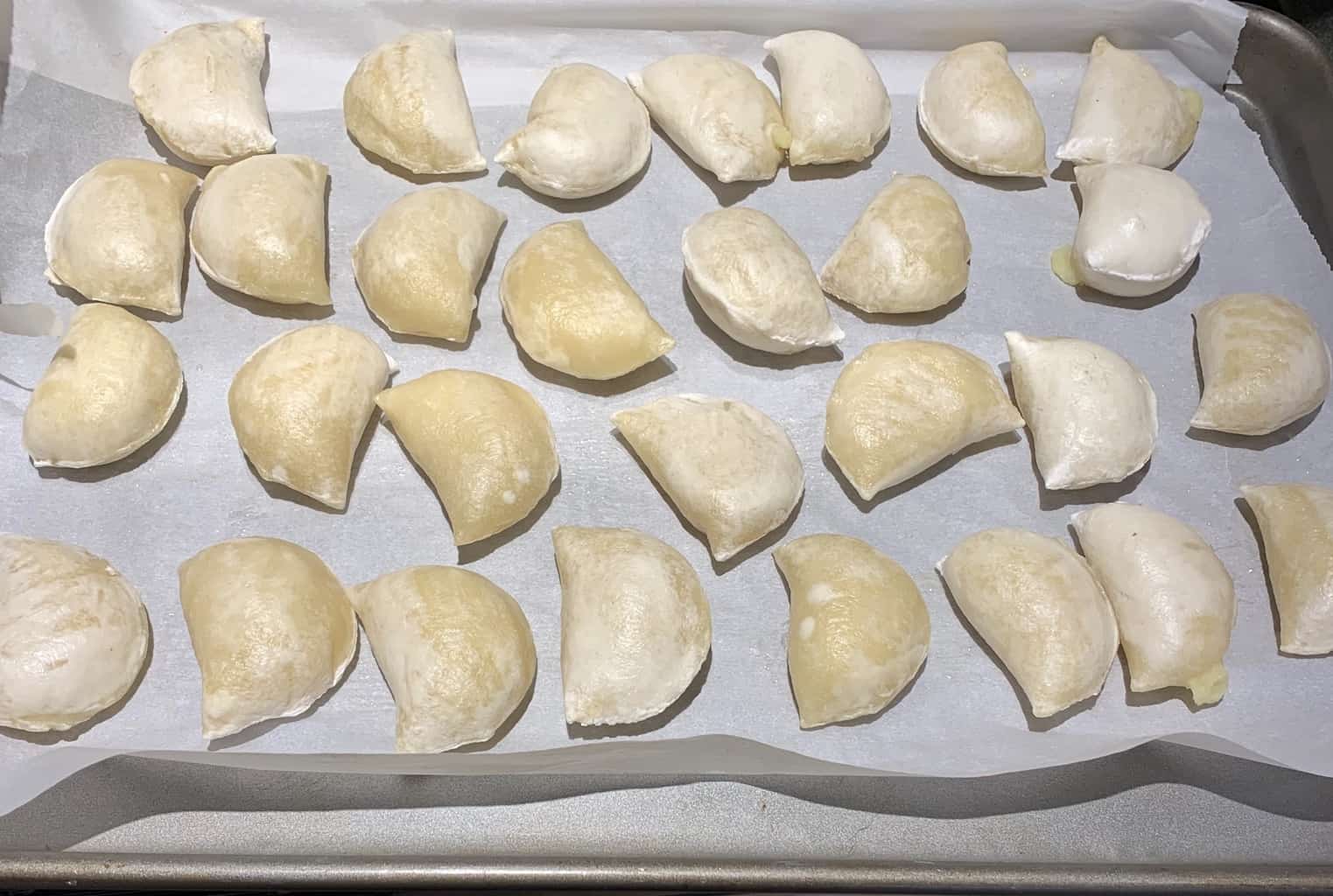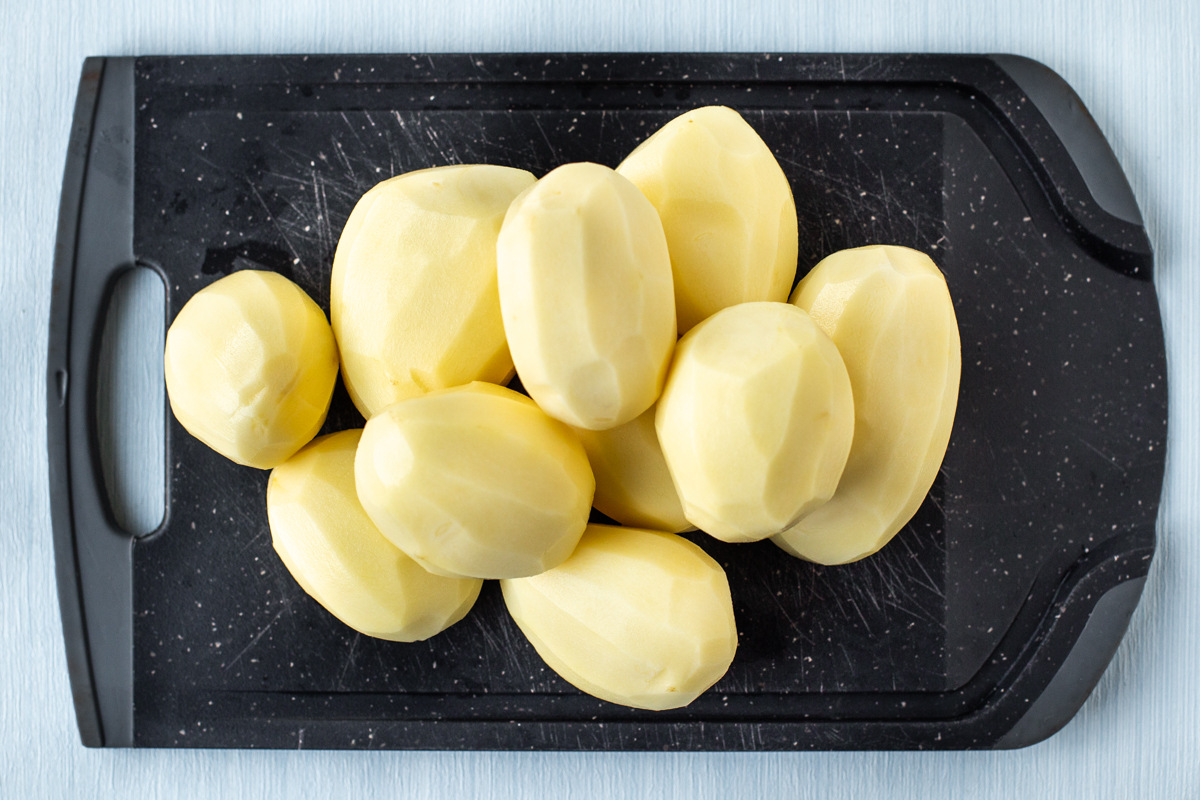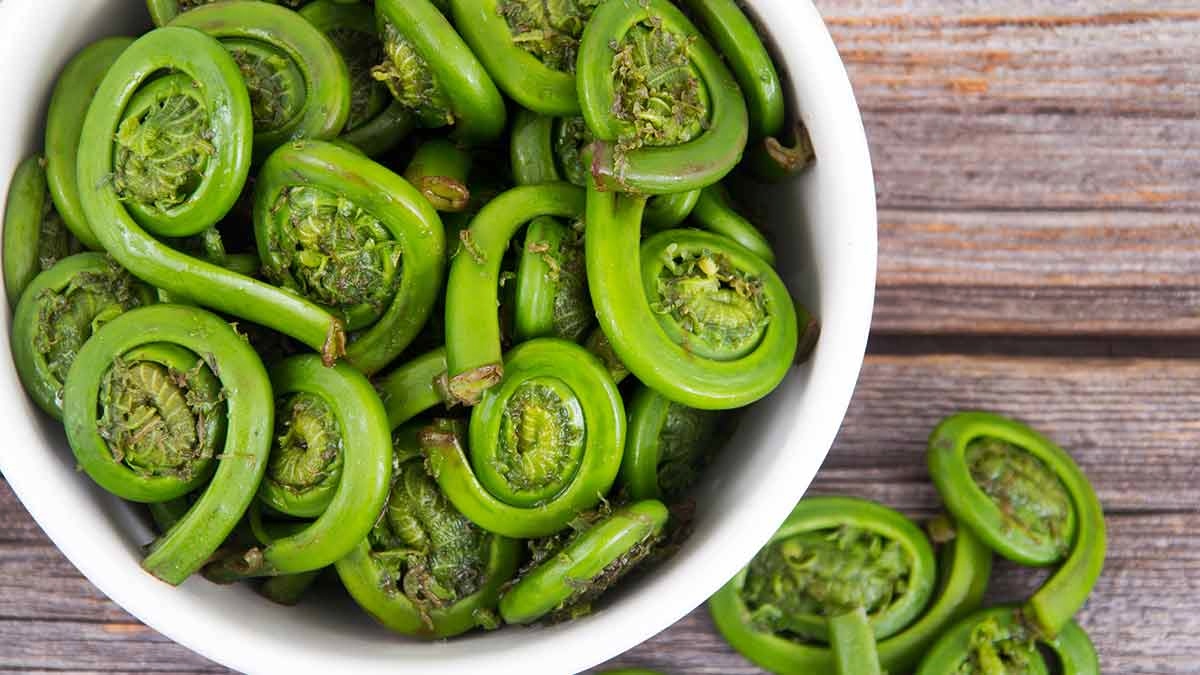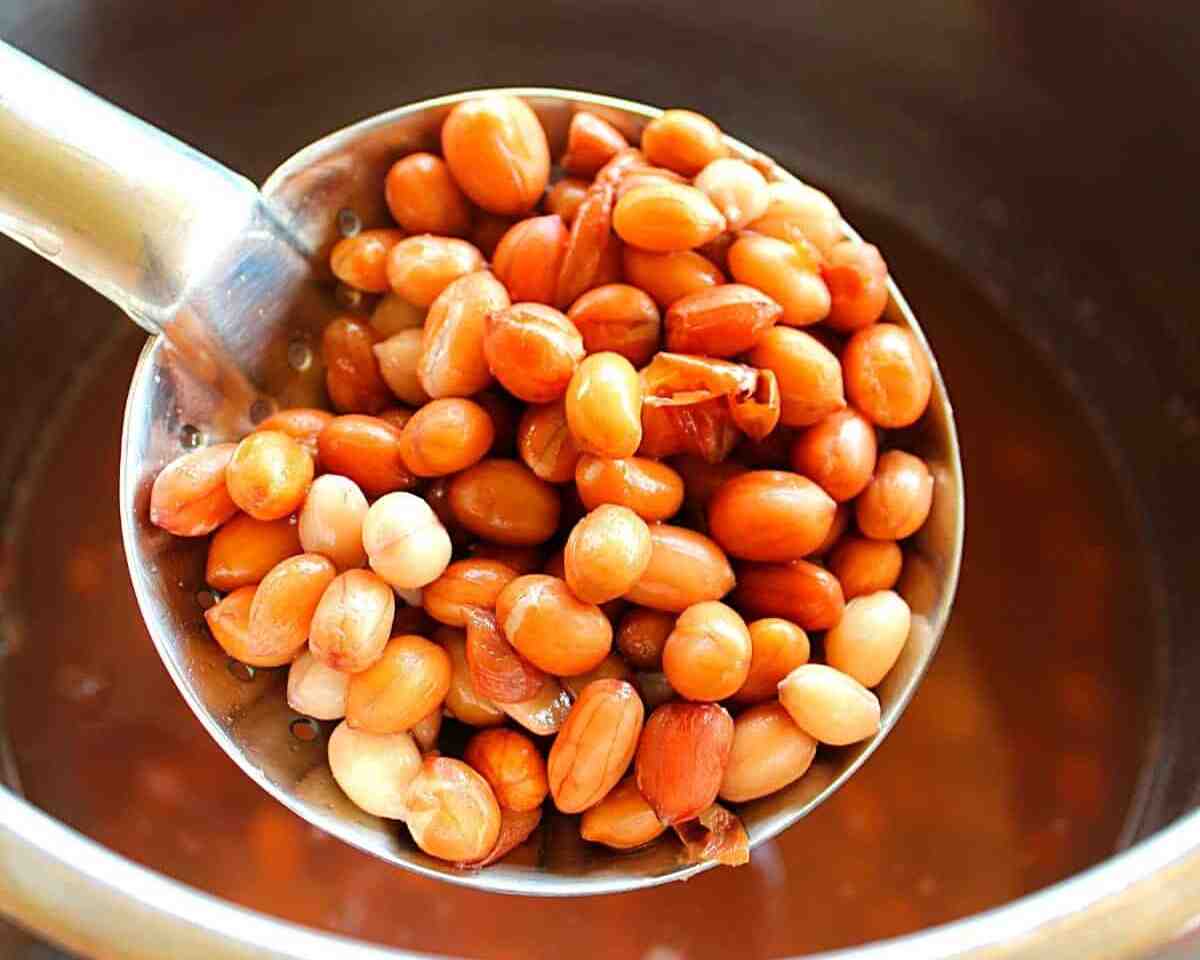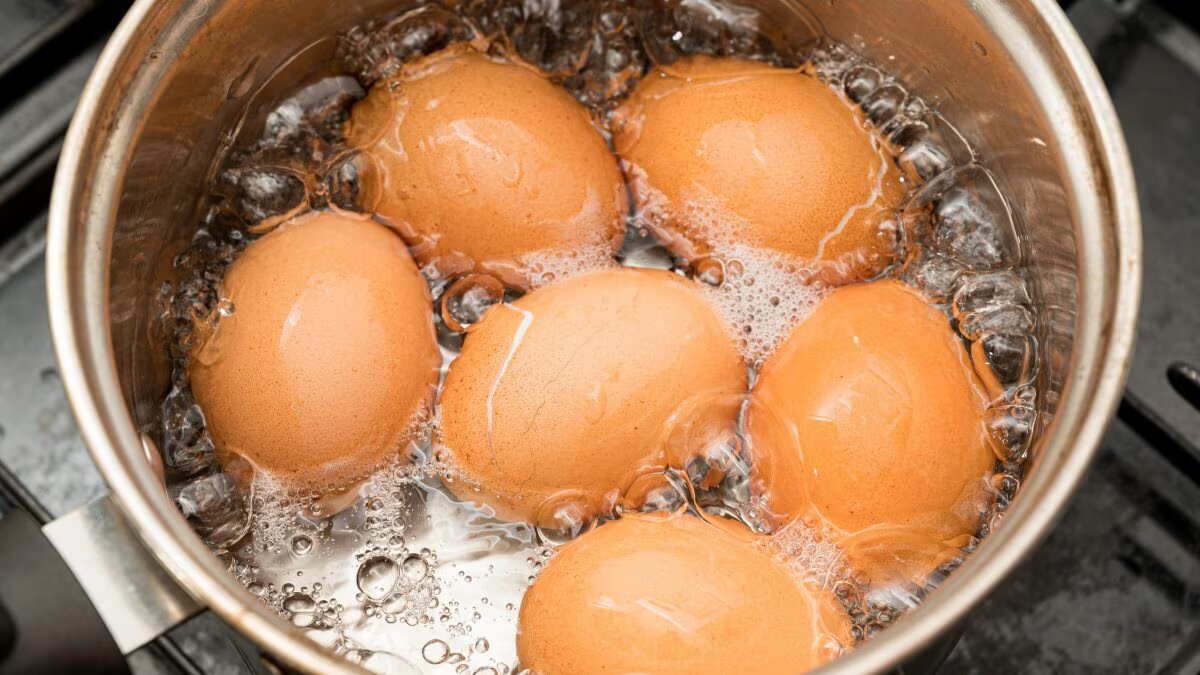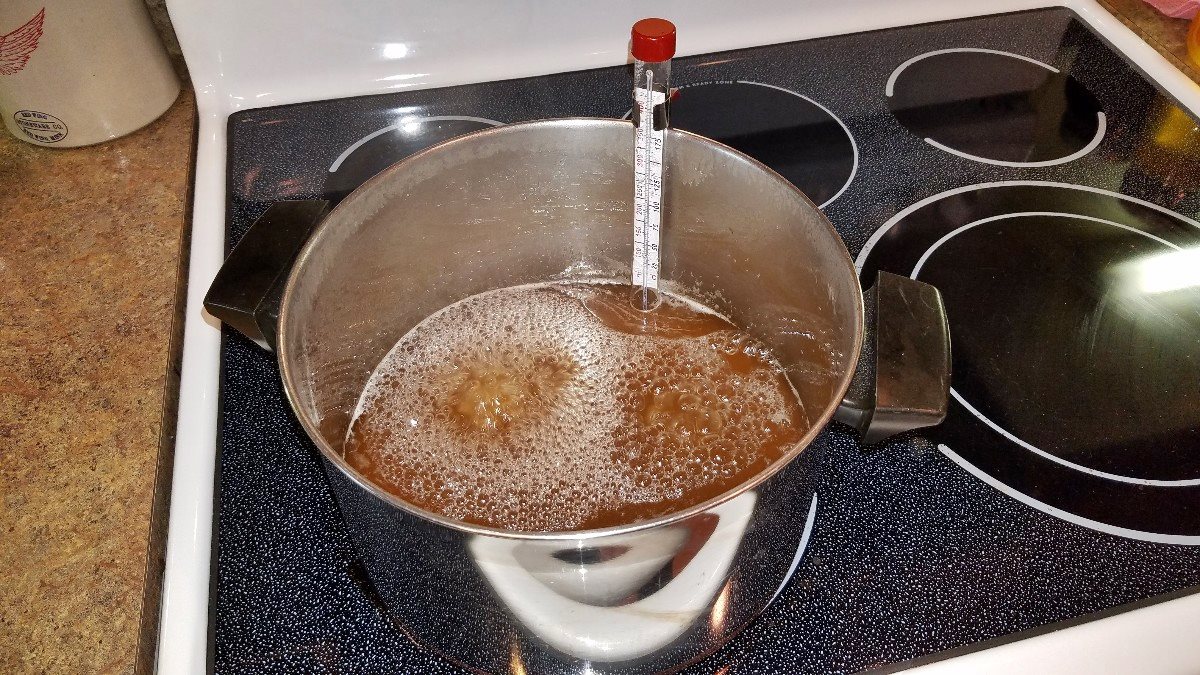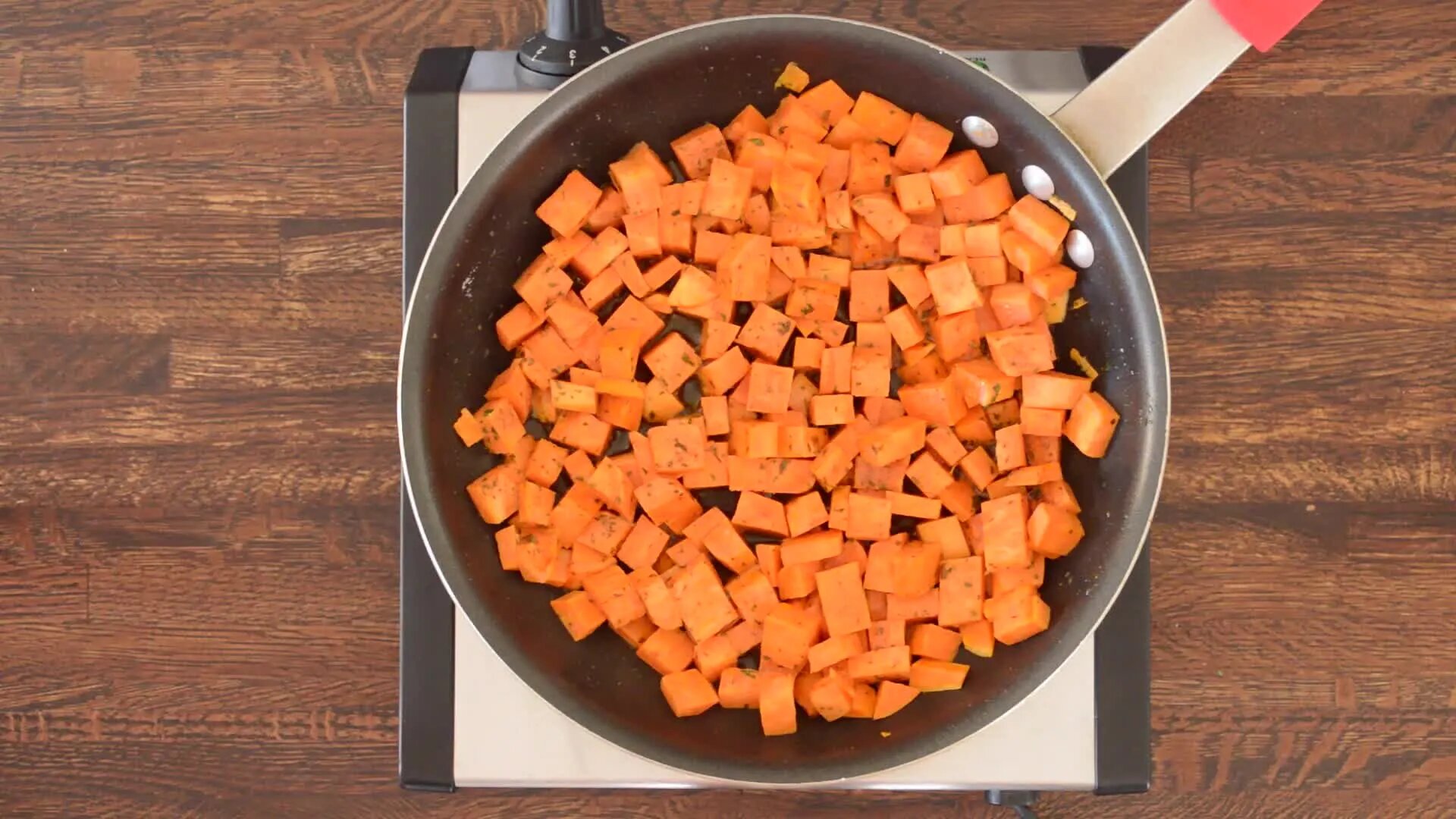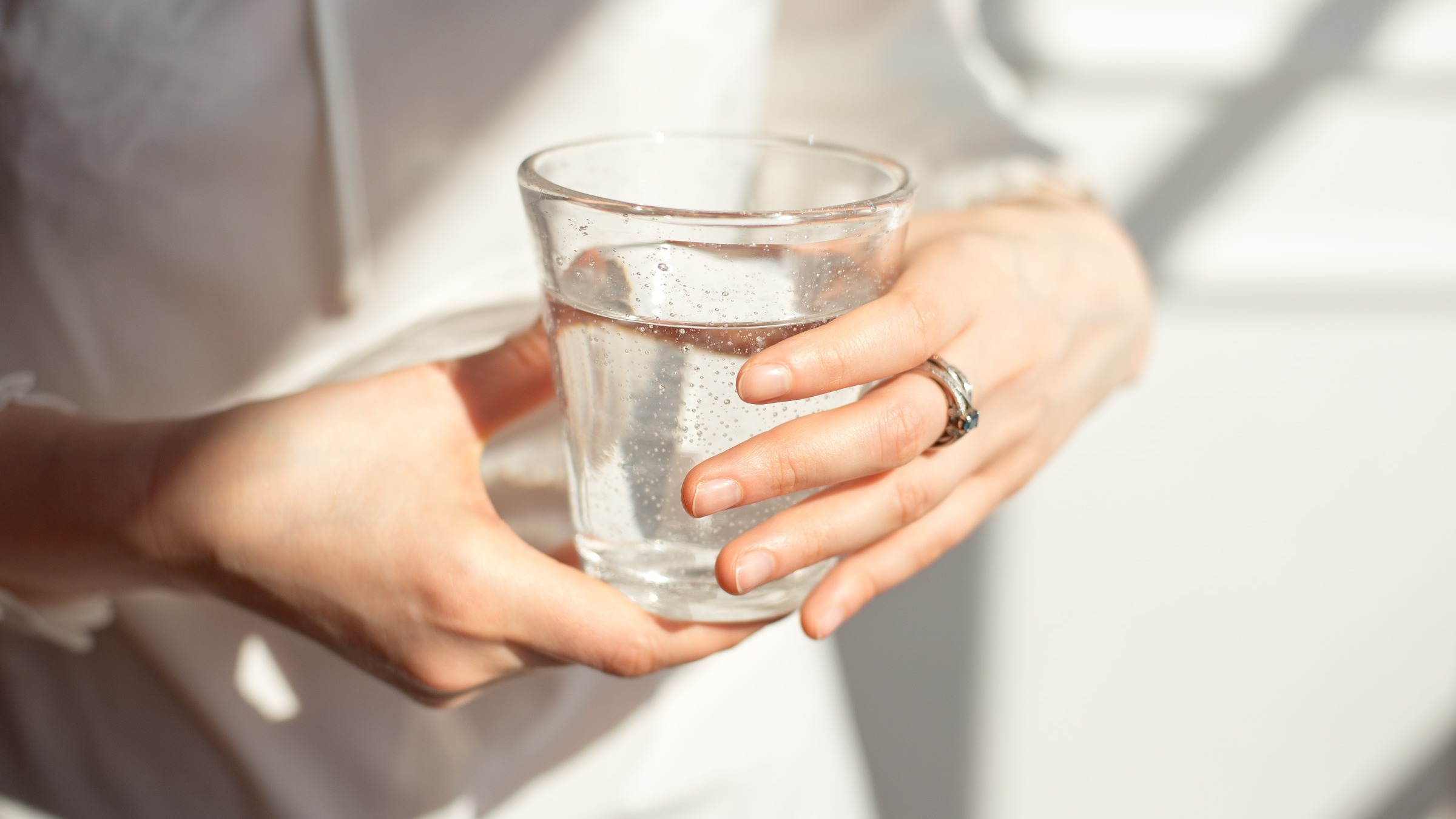How To Boil Water For Pasta
Welcome to our ultimate guide on how to boil water for pasta, where we’ll cover everything you need to know to achieve perfectly cooked pasta every time. Boiling water may seem like a simple task, but there are a few tips and tricks that can take your pasta game to the next level. Let’s dive in!
1. Choose the Right Pot
When it comes to boiling water for pasta, the right pot can make a big difference. Opt for a large pot with a tight-fitting lid to prevent heat from escaping and ensure faster boiling times. Additionally, choose a pot with enough capacity to allow the pasta to move freely while cooking, preventing sticking and clumping.
2. Use Ample Salt
One essential tip for boiling water for pasta is to add a generous amount of salt to the water. The general rule of thumb is to use approximately 1 tablespoon of salt per 4 cups of water. The salt not only enhances the flavor of the pasta but also helps to season it from within as it cooks.
3. Bring Water to a Rolling Boil
Once you’ve filled your pot with water and added salt, it’s time to bring it to a rolling boil. High heat is key to achieving this. Cover the pot with the lid, which helps to retain heat and quicken the boiling process. Keep an eye on the pot, as this step may take a few minutes.
4. Add Pasta Carefully
When the water has reached a rolling boil, it’s time to add the pasta. Slowly lower the pasta into the pot, stirring gently to prevent sticking. To ensure consistent cooking, make sure to fully submerge the pasta in the boiling water. Allow the water to return to a boil as quickly as possible after adding the pasta.
5. Stir Occasionally
While the pasta is cooking, it’s important to stir occasionally to prevent sticking and ensure even cooking. Use a long-handled spoon or pasta fork to gently stir the pasta, making sure to reach the bottom of the pot. This step also helps to prevent the pasta from clumping together.
6. Test for Doneness
After a few minutes of cooking, start testing the pasta for doneness. Follow the instructions on the package as a guide but also use your own judgment. The pasta should be cooked al dente, meaning it is tender yet still has a slight bite to it. Avoid overcooking, as mushy pasta is far from desirable.
7. Drain and Rinse (Or Not)
Once the pasta is cooked to perfection, it’s time to drain it. Use a colander or a slotted spoon to separate the pasta from the water. Some recipes call for rinsing the pasta with cold water to stop the cooking process and remove excess starch, while others prefer to skip this step for saucier results. Decide based on your specific recipe requirements.
8. Serve Immediately
For the best dining experience, serve your perfectly boiled pasta immediately. Add your desired sauce, toss it gently to coat, and enjoy!
Following these tips will make you a pro at boiling water for pasta. Whether you’re cooking spaghetti, penne, or any other pasta shape, achieving the perfect boil sets the foundation for a delicious meal. Happy cooking!
Was this page helpful?
Read Next: How To Boil Pasta Noodles
